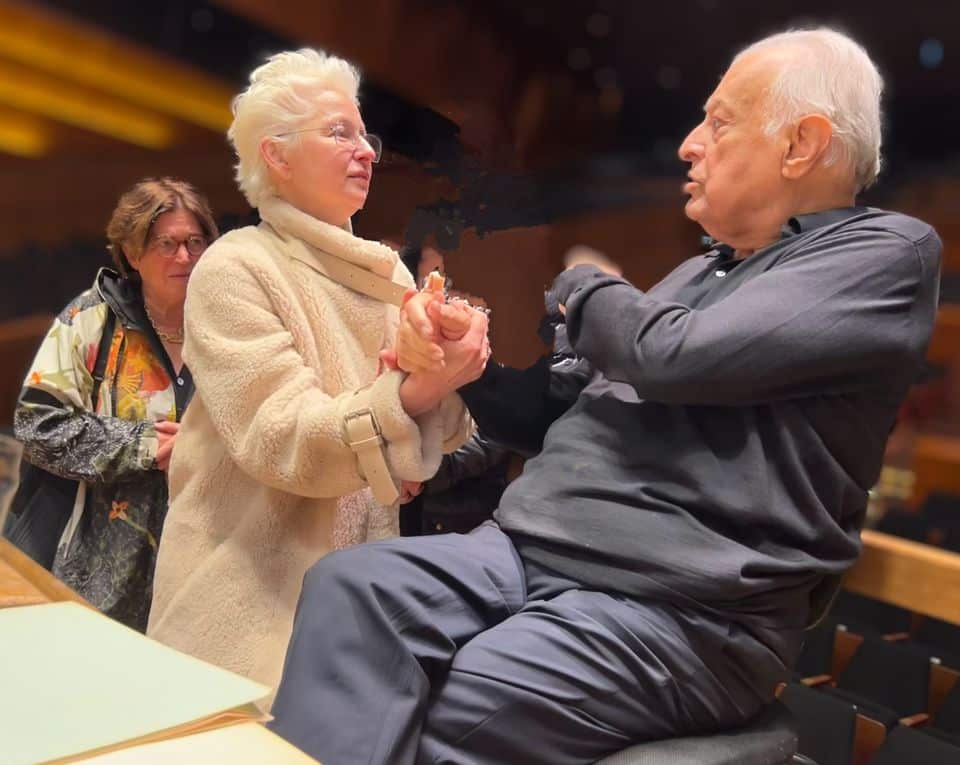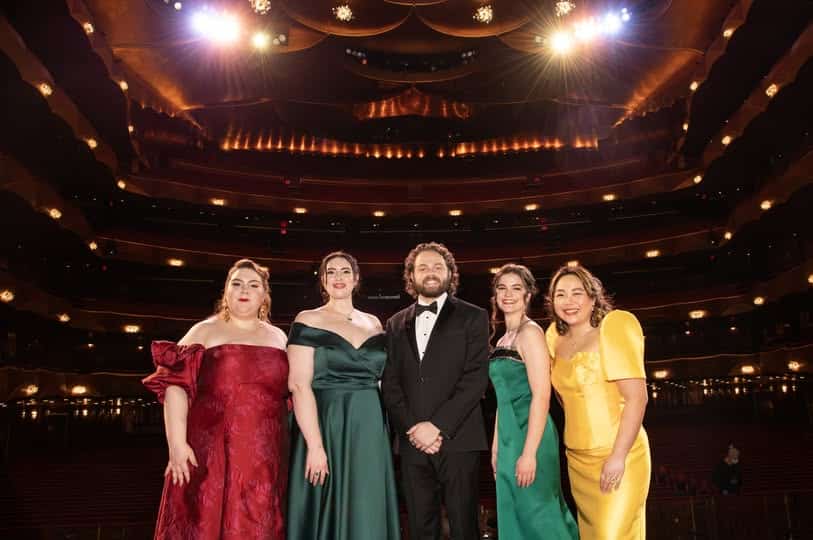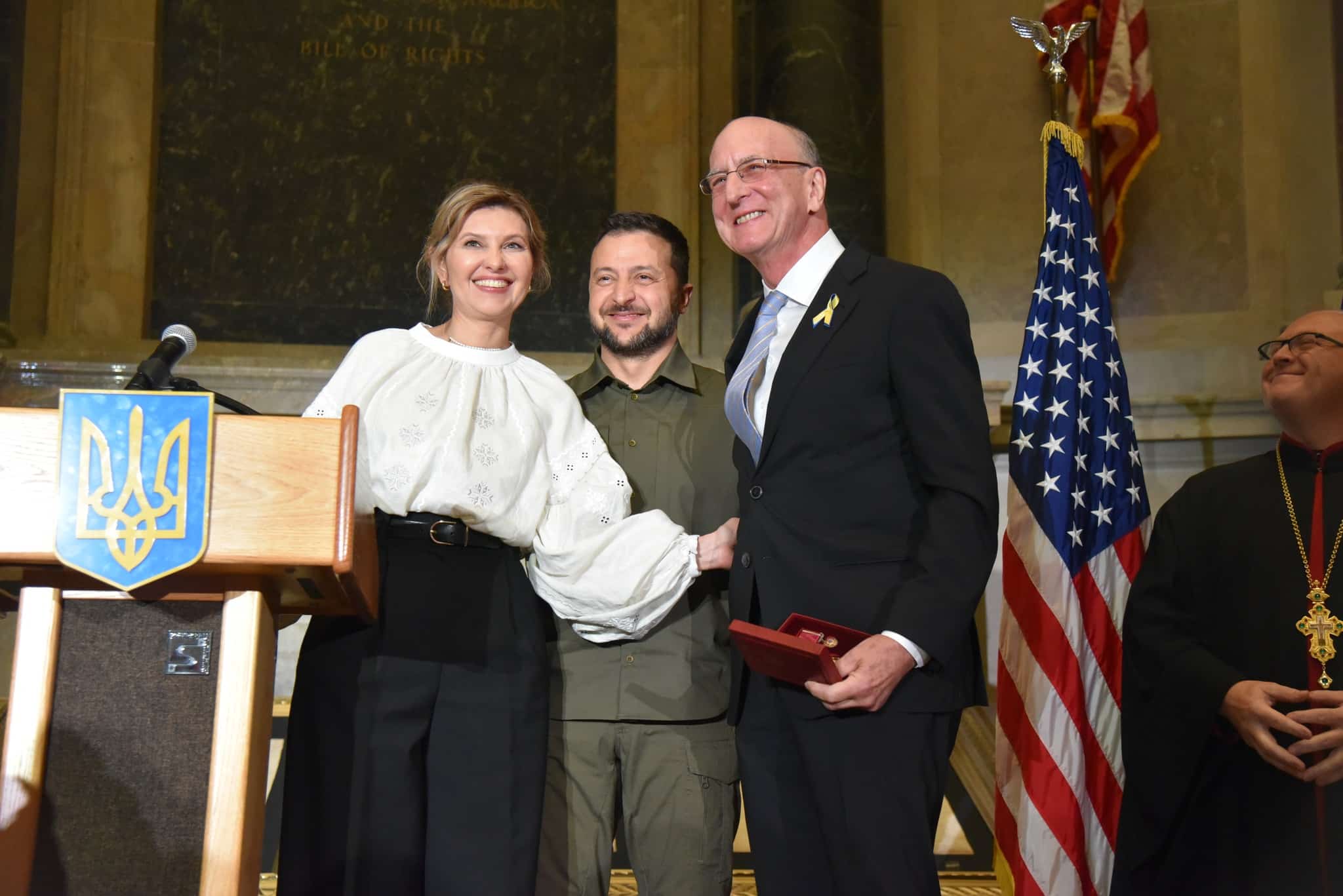The orchestra that played as the Nazis wiped out Kovno Ghetto
mainAn untold Holocaust story in Haaretz, almost too harrowing to read.

Photo (c) George Kadish / Zvi Kadushin / U
Apparently SS men were punished for showing their enjoyment of the music.
Read more here.





Comments